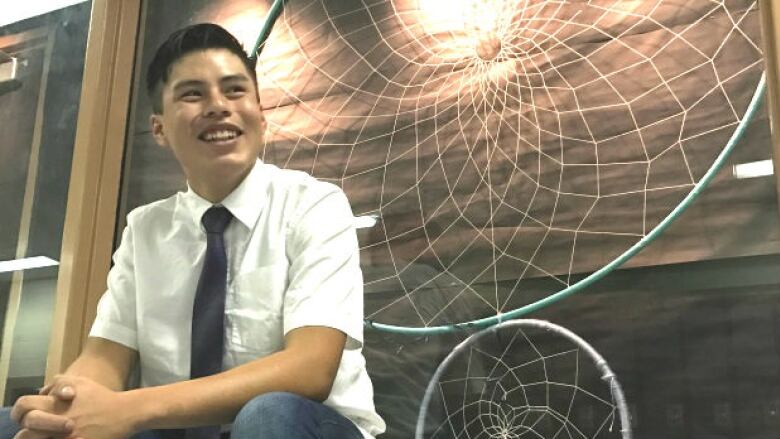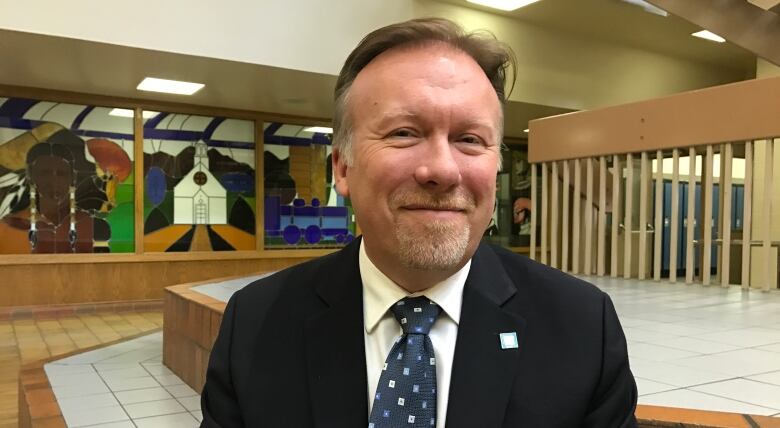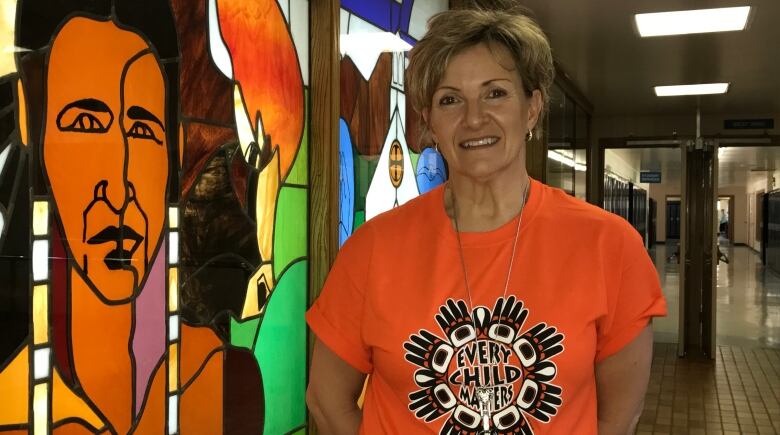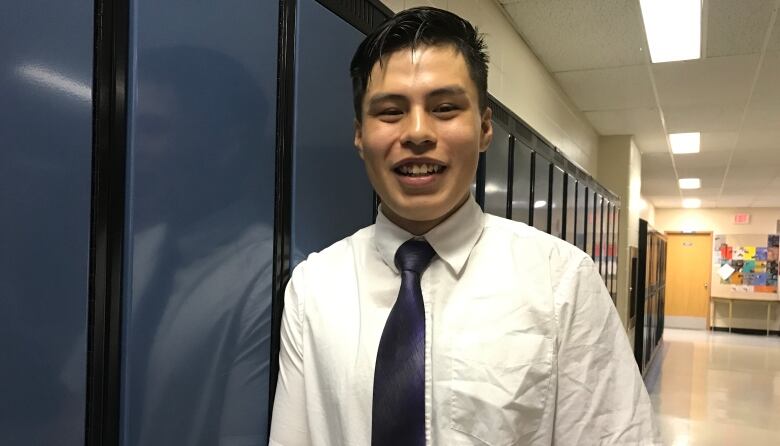'They just believe in you': Indigenous students' graduation rate soars by 41% at Calgary Catholic schools

Walking across a stagein cap and gownwasn't a priority for 16-year-old Cauy Healy until recently.
His mother walked out on him last yearleaving him to fend for himself.
"It was really hard," said Healy. "I started not coming to school and my grades started to drop."
Healy, who's a student at Father Lacombe High School in Calgary's southeast, was more concerned about finding a way to support himself than going to class.
But Healyis one of a growing number of kids who arebenefiting from a push within the CalgaryCatholic School District to break down barriers facing Indigenous students andclose the gap between their graduation rates and those of the rest of the population.
The percentage of First Nations, Mtisand Inuit (FNMI)studentswithin the Calgary Catholic School Division who complete high schoolhas risen dramatically over the past few years.
The rate has improved by 41.5 per cent in six years.
In 2011, only 57.1 per cent of Indigenous kids graduated within three years of entering Grade 10. That number climbed to 80.8 per cent by2017.
That's27.2 per cent above the Alberta average for FNMI students. It's even higher than the provincial rate for non-indigenous students.
"You can't stand by and do nothing," saidFrank MccLernon, supervisor of instructional services for the Calgary Catholic School District.

"When we see there is a gap that exits between our indigenous students and our non-indigenous students, we have to do something about that. The status quo isn't acceptable."
Supporting Indigenous students has been identified as a key priority for the school division. AllIndigenous students are monitored closely, staff are given extra education, and all schools no matter how diverse are expected to incorporate First Nations culture and history in their programming.
At Father LacombeHigh School, there are regular bannock breakfasts, and students are currently practising for a dance performance that highlights the origins of the dreamcatcher.
"We want them first of all to recognize and appreciate who they are themselves and give dignity to who they are," said Chris Brochu, principal at Father Lacombe.

Breaking down the barriers
There are also targeted supports in place.A special team,including two social workers, is deployed to schools with high indigenous populations to help struggling families and ensure students'basic needs are being met.

"We have a good numberof students who are dealing with trauma. We have students who are homeless. We have students here who are struggling to find their basic needs,"said Brochu.
"We want to take away as many barriers as possible to give them reason to want to come to school and learn," she said.
A Family First
InHealy's case, staffhelped him find a place to live,ensured he had food to eat and secured financial support so he could stay in school.
It is the combination of one-on-one supports and the affirmation of his cultural roots, with the Kainai First Nation, that made the difference.
"Sometimes I don't even believe in myself. But the teachers we have, they just believe in you and show you so much support ... that you believe you can go the extra mile to become something that you weren't supposed to be," said Healy, who is now thriving.
His new goal is to be the first in his family to graduate high school.
"I find it a big deal to be able to graduate and walk the stage and my grandma to be there and see that happen in her lifetime."














_(720p).jpg)


 OFFICIAL HD MUSIC VIDEO.jpg)
.jpg)



























































































